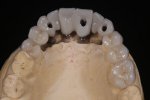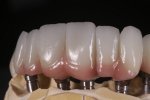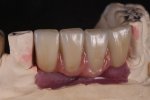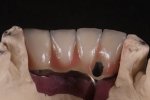KentPWalton
Well-Known Member
Full Member
- Messages
- 1,789
- Reaction score
- 265
It would simply be that you would have to fully pay for the new abutment since the previous one was modified when the intent of the product is to be hexed. The product will no longer perform as intended and tested by implant companies per the 510k specifications.I've done this a couple of times, but only after informing the doctor and getting their permission. The two cases I can remember doing this on were abutments they sent me to use. I already have fought the battle against Straumann in my area and won. If I were to manually adjust an Atlantis abutment in their implant and something went wrong, then they would have ammo to try and trash my lab as they have done in the past.






